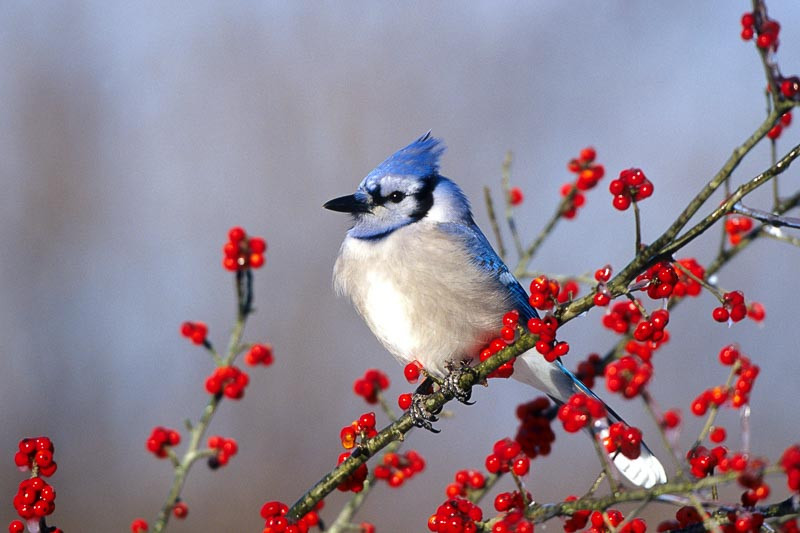Crataegus (Hawthorn)
Crataegus, commonly known as Hawthorn, encompasses a diverse genus of deciduous trees and shrubs that form an integral part of the landscape in various regions. Hawthorn is celebrated for its resilience, with a hardiness that allows it to thrive in various environmental conditions, often tolerating temperatures within USDA zones 3 to 9, although this can vary among species. Its adaptability to different soil types is a testament to its robust nature, making it a versatile choice for various landscapes.
Flowers and fruits: One of the most distinctive aspects of Crataegus is its seasonal display of flowers and fruits. The flowering period, often in spring, brings clusters of white to pink or red flowers. These blossoms add a stunning visual appeal and sometimes emit a pleasant scent that permeates the surrounding area. Following the bloom, Hawthorn produces small apple-like fruits, called haws, which ripen in the fall. These berries, typically red to black, are ornamental and serve as a vital food source for wildlife during the colder months.
Uses: The uses of Hawthorn are manifold. Ornamentally, Hawthorns serve as attractive specimens or hedging plants due to their dense growth habit and thorny branches, providing privacy and a security barrier. Environmentally, Hawthorns are crucial for local ecosystems, offering shelter and nourishment to various bird species and other wildlife.
Benefits: Furthermore, the benefits of Hawthorn extend into human wellness. The fruits are edible, rich in antioxidants, and have been used in traditional medicine for heart-related conditions. They are often processed into jams, and jellies, and even used in herbal teas. The leaves and flowers, similarly, are believed to have health-promoting properties. This blend of visual charm, environmental benefits, and health-promoting properties makes Crataegus a valuable addition to diverse landscapes.

